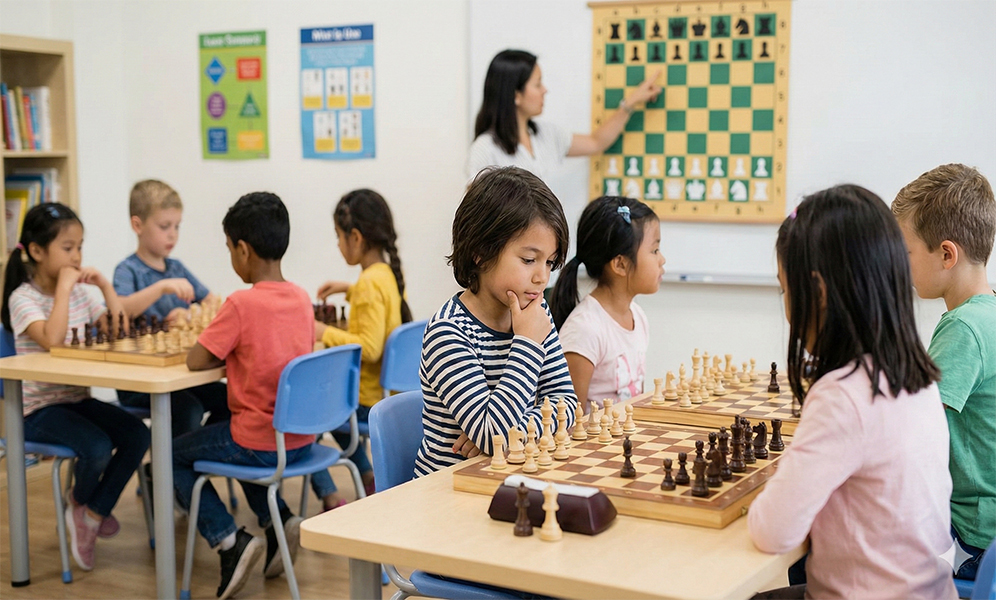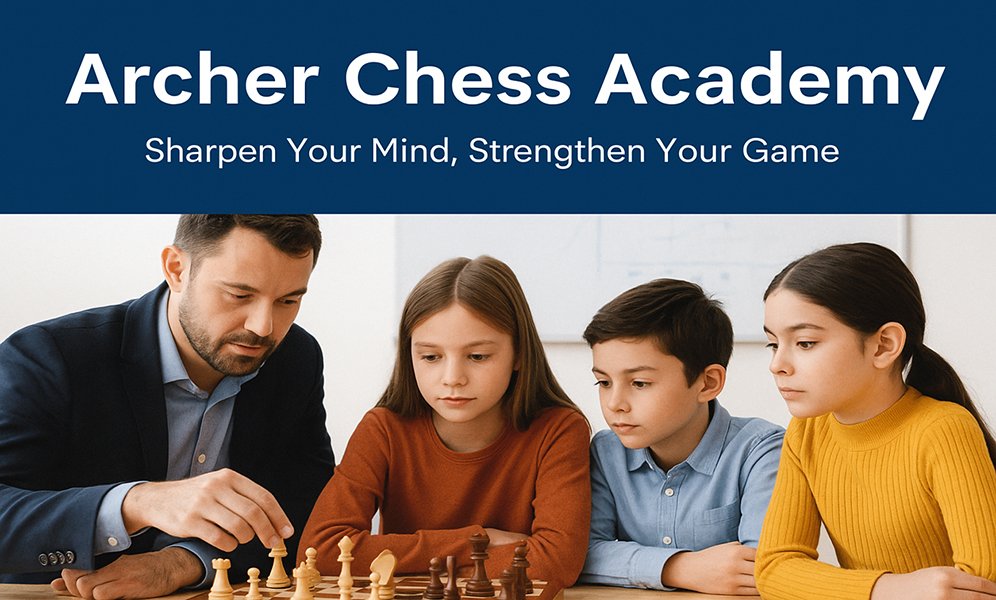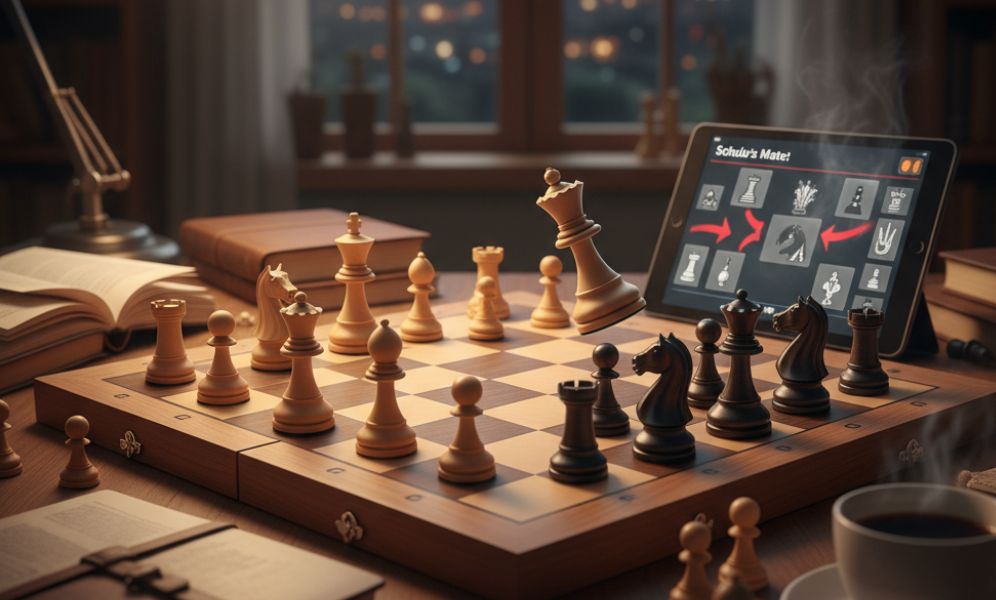What is a Fork in Chess?
In chess, a fork is a tactic where a single piece attacks two or more enemy pieces at the same time. This forces your opponent into a tough decision — they can only save one piece, while the other is captured. Forks are powerful, fast, and extremely useful, especially for beginners and young players.
At Archer Chess Academy, we focus on teaching tactical patterns like forks early on because they give kids an immediate advantage and boost confidence on the board.
Why Forks Are Perfect for Kids
Simple to Learn: Unlike complex strategies, forks are easy to understand and apply.
High Impact: One good fork can turn the game in your favor instantly.
Common in Games: Forks appear frequently, especially in games between developing players.
Fun and Rewarding: Kids love spotting forks because it feels like a clever trick that pays off.
Pieces That Commonly Fork
Knights: The most famous forkers! Their L-shaped move allows them to attack two or more valuable pieces at once.
Pawns: Often underestimated, pawns can fork queens and rooks if you're not careful.
Queens and Bishops: Their long-range abilities let them hit multiple targets on open diagonals or ranks.
How We Teach Forks at Archer Chess Academy
Our online chess classes for kids use visual boards, puzzles, and live feedback to help students:
Spot fork opportunities quickly
Set up traps and tactical sequences
Learn how to avoid falling into forks themselves
With our structured and engaging curriculum, students master this tactic and build a strong tactical foundation for all their future games.
Give Your Child the Tactical Edge
Chess isn't just about moving pieces — it's about seeing patterns and making smart decisions. Forks are one of the best ways to introduce young learners to the world of tactics.
Join Archer Chess Academy to help your child learn the most effective chess tricks and improve every week.










